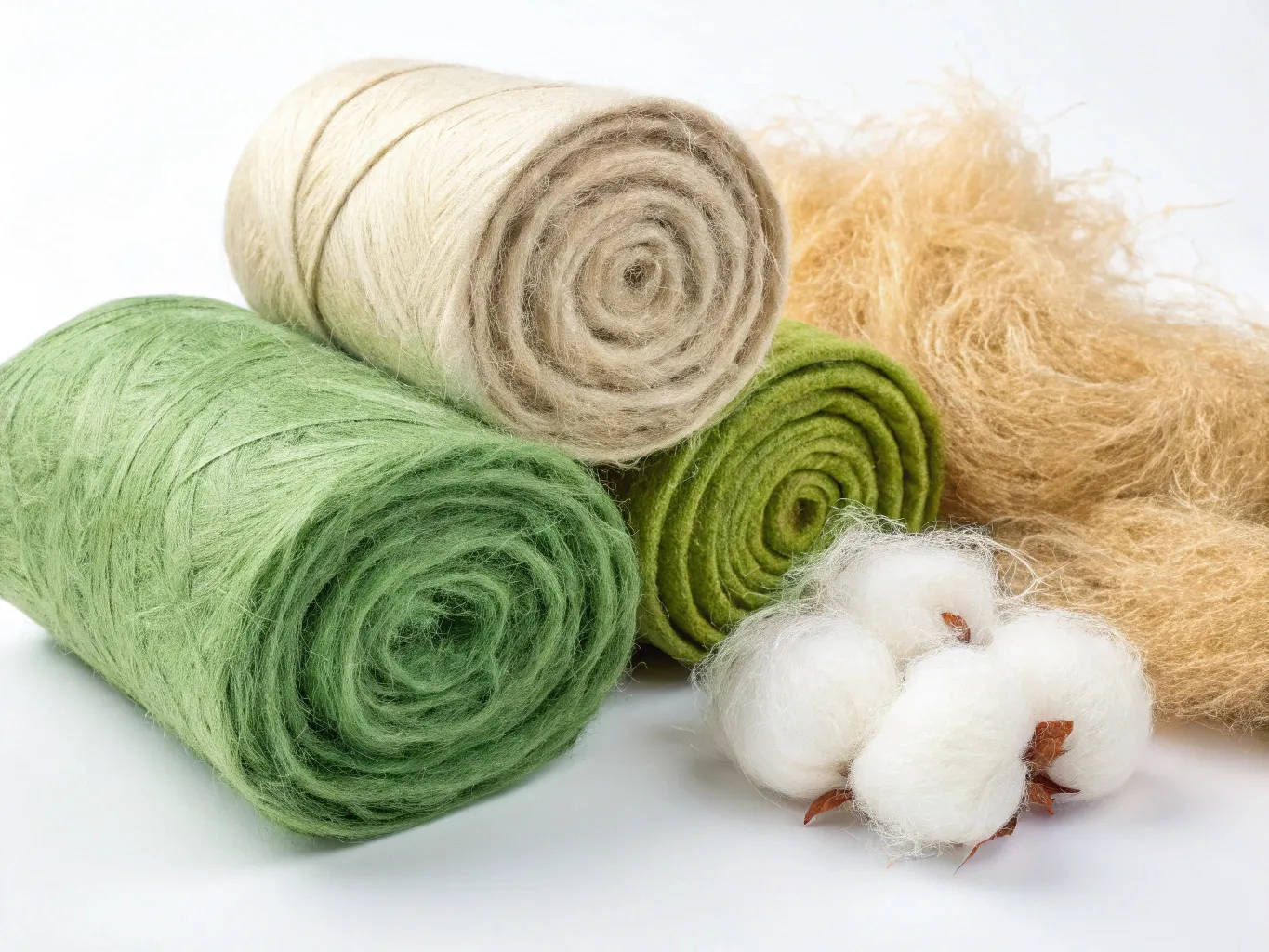This article examines recycled polyethylene terephthalate (PET) fibre, covering its production, properties, applications, and environmental benefits. Designed for industry professionals, it highlights the role of PET bottle recycling machines in transforming waste into sustainable textiles.
Background and Definition
Recycled PET fibre is a polyester material made from post-consumer PET bottles. These bottles are processed using advanced PET bottle recycling machines, which clean, shred, and convert them into textile-grade fibres. This supports the circular economy by reducing plastic waste—a critical step in tackling global pollution.
The Recycling Process: From Bottles to Fibres
The conversion of PET bottles into usable fibres involves several key stages, each ensuring quality and purity:
- Prikupljanje i sortiranje
PET bottles are gathered from domestic and commercial waste streams before being sorted at Materials Recovery Facilities (MRFs). Automated systems enhance efficiency by separating PET from other plastics, ensuring material homogeneity. - Cleaning and Shredding
Labels, caps, and residues are removed through rigorous cleaning. The bottles are then shredded into flakes, with advanced washing techniques—such as steam and detergent treatments—eliminating contaminants. - Washing and Drying
Flakes undergo further purification in friction washing tanks before being thoroughly dried. This step is crucial to prevent impurities from affecting subsequent processing. - Taljenje i istiskivanje
The cleaned flakes are melted and, in some cases, extruded into pellets for consistency. Alternatively, direct extrusion may be employed to streamline production. - Fibre Formation
The molten PET is forced through a spinneret to create continuous filaments. These are then cooled and stretched to enhance tensile strength by aligning polymer chains. - Yarn and Fabric Production
The resulting fibres are either grouped into multifilament yarn or cut into staple lengths for spinning. They are then woven or knitted into fabrics suitable for various textile applications.
While mechanical recycling remains the dominant method due to its cost-effectiveness, chemical recycling is gaining traction for producing higher-purity PET.
Comparative Properties: Recycled vs. Virgin PET
Recycled PET fibres share many characteristics with virgin polyester but exhibit some differences:
- Lower crystallinity and tensile strength, which may affect dye uptake and printability.
- Potential yellowing due to oxidation during processing.
- Comparable thermal degradation properties, making them suitable for applications like 3D printing.
Despite these variations, advancements in recycling technology—such as intrinsic viscosity (IV) optimisation—are narrowing the performance gap, enabling recycled PET to meet high-value industry standards.
Primjene u svim industrijama
Recycled PET fibres are utilised in diverse sectors:
- Tekstil: Sportswear, outerwear, carpets, and upholstery.
- Industrial Uses: Strapping, ropes, and automotive components.
- Pakiranje: Films and sheets, including food-grade applications in some cases.
Major fashion brands have committed to transitioning to 100% recycled polyester by 2030, while companies like Indorama Ventures have introduced sustainable product lines such as ‘DEJA’, made entirely from recycled PET.
Environmental and Economic Advantages
The benefits of PET recycling are substantial:
- Reduced landfill waste, given PET’s slow decomposition rate.
- Energy savings of up to 56% i 82% lower greenhouse gas emissions compared to virgin PET production.
- Decreased reliance on petroleum, conserving finite resources.
Economically, the recycled PET fibre market is expanding rapidly, with projections estimating a value of $4.9 billion by 2033. Growth is driven by regulatory support and rising consumer demand for sustainable products, though challenges such as low global recycling rates (approximately 20%) persist.
Market Trends and Future Prospects
The sector is experiencing strong growth, with a compound annual growth rate (CAGR) of 7.8% forecast through 2033. Key trends include:
- The Asia-Pacific region leading in recycling innovation and production.
- Fast-fashion brands accelerating adoption to meet sustainability targets.
- Legislative measures further incentivising recycled material use.
Zaključak
Recycled PET fibre plays a pivotal role in sustainable manufacturing, offering a viable solution to plastic waste while supporting circular economy goals. With ongoing technological improvements and increasing market demand, its applications will continue to expand, reinforcing its importance in eco-conscious industry practices.



